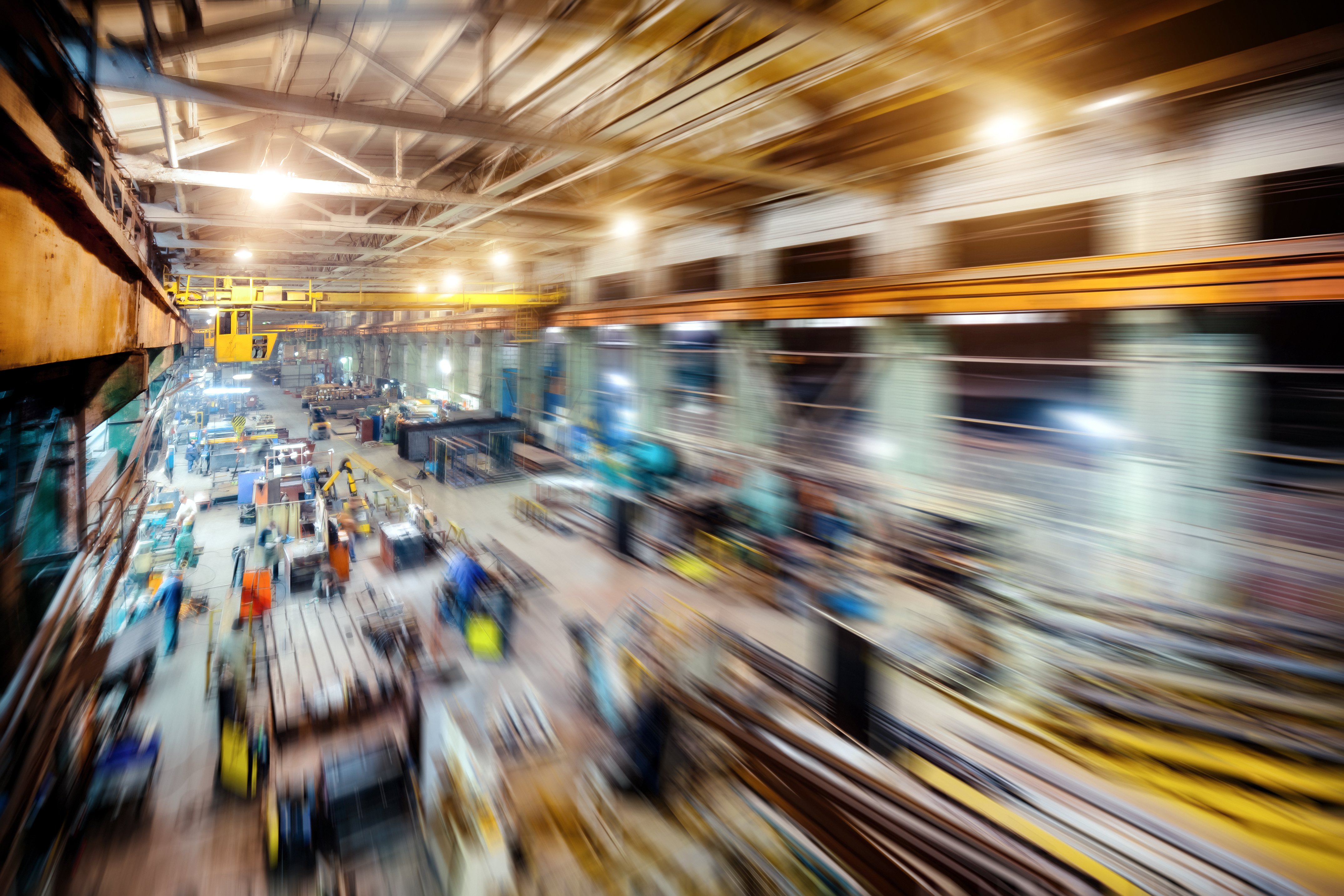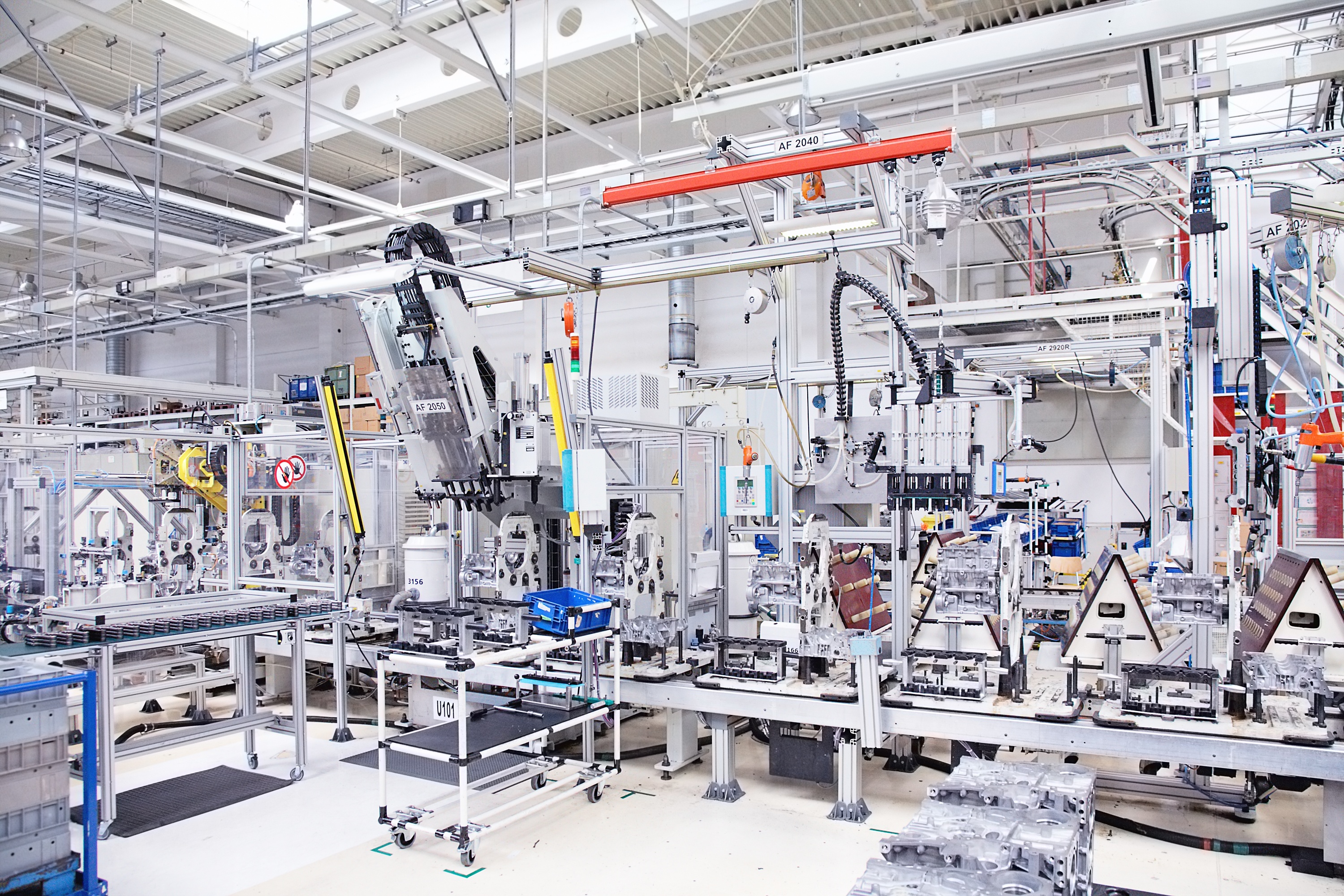Newton’s Laws and MES: What the Laws of Motion Tell You about Your Shop Floor?
Isaac Newton’s physical laws have become the basis of modern manufacturing. They also help explain why many manufacturer’s struggle to improve, and...
3 min read
Kristin McLane : September 20, 2022 at 10:00 AM

Newton’s law tells us that a body in motion will stay in motion and a body at rest will stay at rest unless there’s an outside force applied. That force could be a sudden stoppage (the floor) or a sudden start (hammer). Gravity (also an external force, although not visible like the floor or the hammer,) could also slow something down.
Have you found this to be true on your shop floor or does human will play a factor?
Getting back to the areas of waste we’d been talking about earlier this summer, motion is a key factor here. We’ve saved this one as it’s one of our personal favorites. Yes, you’ve heard us say it so often – manufacturing is constantly moving.
Until it’s not.
Let’s look at the issues around motion in manufacturing. First, you must think about your critical three resource buckets motion would be applied to, some easier to get your mind around then others. There is the human element in your shop – the people that do the work. They will move around the shop as they need to in order to get their work done. Not all that movement will be helpful to you.
We call it “walk around time.” How much time does your team spend walking unproductively? How can you tell? On paper and in-person it’s almost impossible to tell. Let’s break that down.
On paper, you can plan the day. You can send 6 pallets of this and 3 hours of that work to an operator and send them on their way. Do they have all the materials to complete all the work there at-the-ready? Do they have the job packet or traveler and know what information you want to collect from them as they do the work? Will they do it? Paper is just not an efficient way to track work. To ensure you’re looking at the right thing, you actually have to go looking for it, hold it in your hands and make the call.
In-person is not much better. That supervisor that wanders the floor, from left to right and up and down or just as they see “hands in the air” is looking for things to do, people to help, problems to solve. That is fantastic when they get to someone just at the right time and have the answers they need, but how often does that happen? More likely, they will circle back to help after they’ve located the right solution, materials, or information.
In-person can be worse, as you’re seeing the issues and it feels like you’re solving them. What you don’t have a handle on is how many of these repeat regularly and what your people are doing while they’re waiting for things to move on. The motion you see, quite simply, looks productive. Call it confirmation bias, but you want to believe that your team is being successful. You’ve seen the monthly numbers. They’re at or above projection. Forget about whether or not you are making money. You look busy.
Augh.

If you’re observing motion in sport, you can see the progress both positive and negative. Batter connects bat with ball or doesn’t. Success or failure. In manufacturing, movement does not predict success. Movement happens all the time but doesn’t really mean anything at all to you until you can break down the data. Who was doing what? Did we get it done right? Was it done on time? Did we make money?
Like the pieces of a hand-built Swiss watch mechanism, everything must go 100% according to plan to make it all work and tell time correctly. Any cheap watch can tell time. But a Swiss watch thrives on (beauty and) accuracy.
Your shop is the same way. Movement observed does not equate to Swiss perfection.
Perhaps you weren’t looking for perfect? That’s understandable. It’s just another day in manufacturing. The second bucket you have to consider is materials. This can be written materials (the job packet) or even physical materials (the raw materials you use in making your product). If you think it’s hard to track people and their movement on the shop, you know it’s impossible to track materials. Things hide in plain sight.
Inventory gets moved somewhere and no one can find it. Someone brings the wrong material, and it sits there after the right one found its way there. Is that ever going to make its way back to inventory? You can’t track this on paper. Heck, it’s difficult enough tracking it on the floor. That brings us to the 3rd bucket: your information.
Information moves at the fastest (or slowest) speed available to it. Humans can transmit information quickly; however, you’re relying on them staying focused on the task and not getting sucked into something else that’s happening on the shop floor. Using paper for information transmission may or may not be accurate depending on your ability to control old versions that may be lying around and the process you use to update it because you don’t have a digital system.
We’ll continue to explore this next week as we talk about the way that a manufacturing software tool should help you to rein in the chaos and get more work done.
Anxious to get the information faster? Engage with us for a Process Gap Analysis of your shop. We’re only an email away, info@cimx.com.
Contact CIMx Software to see how a Manufacturing Execution System can improve production control for you.

Isaac Newton’s physical laws have become the basis of modern manufacturing. They also help explain why many manufacturer’s struggle to improve, and...

Names are important. A name can make or break you. A well-chosen name for a product or a company can be the difference between being memorable and...

1 min read
For manufacturers searching for an Off-the-Shelf (OTS) software solution for the shop floor, but the truth is, you may be surprised what OTS for...